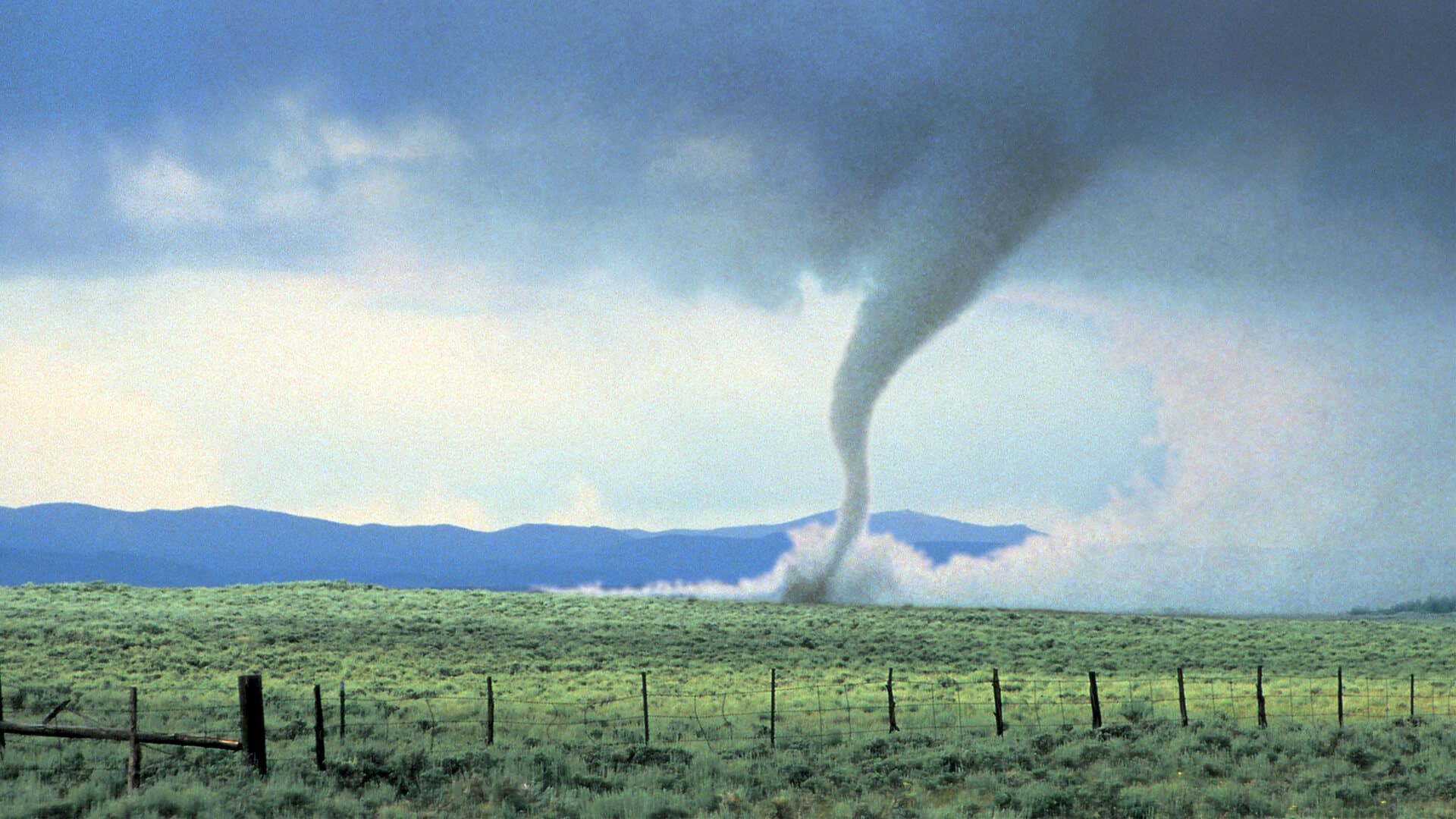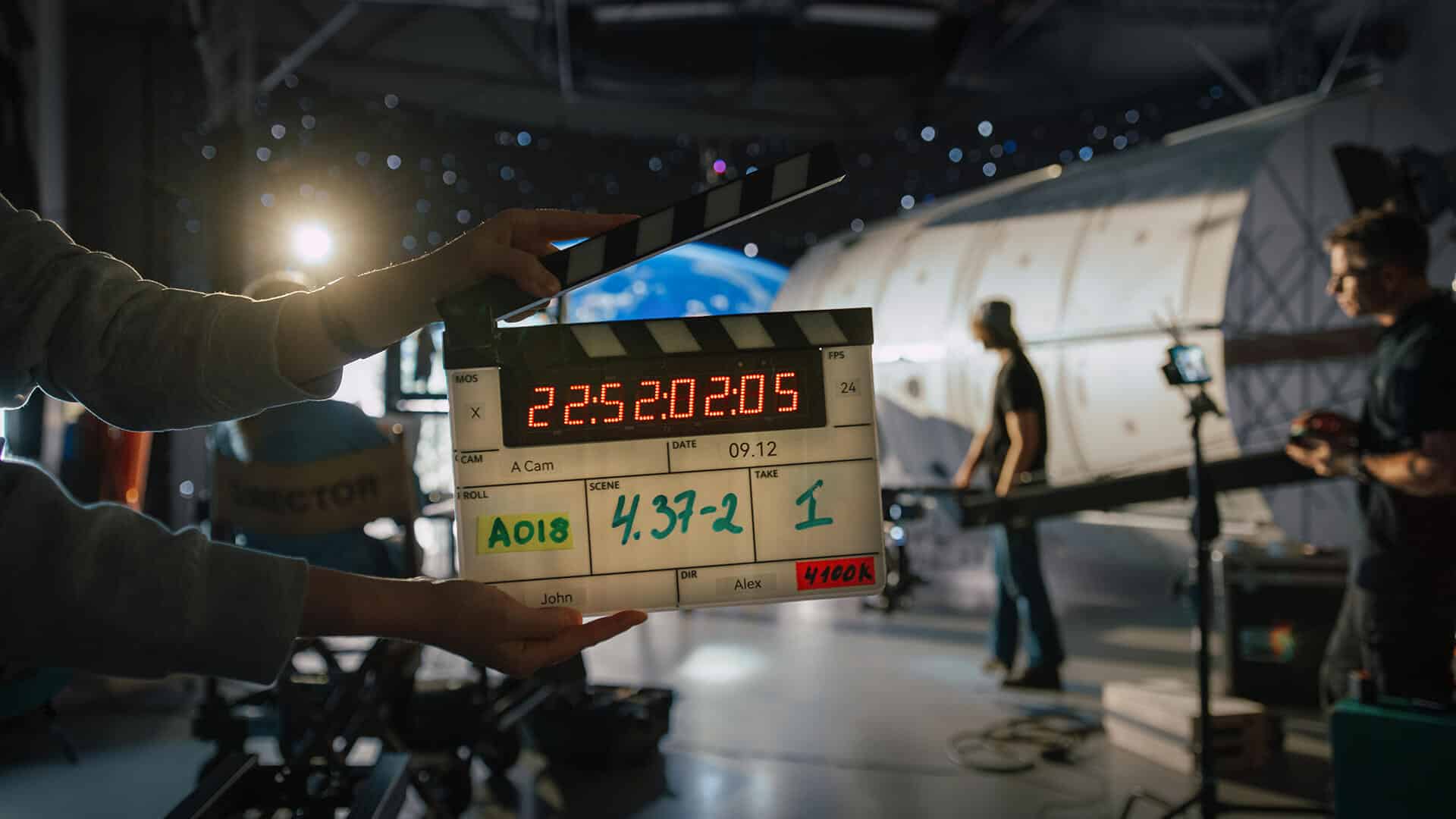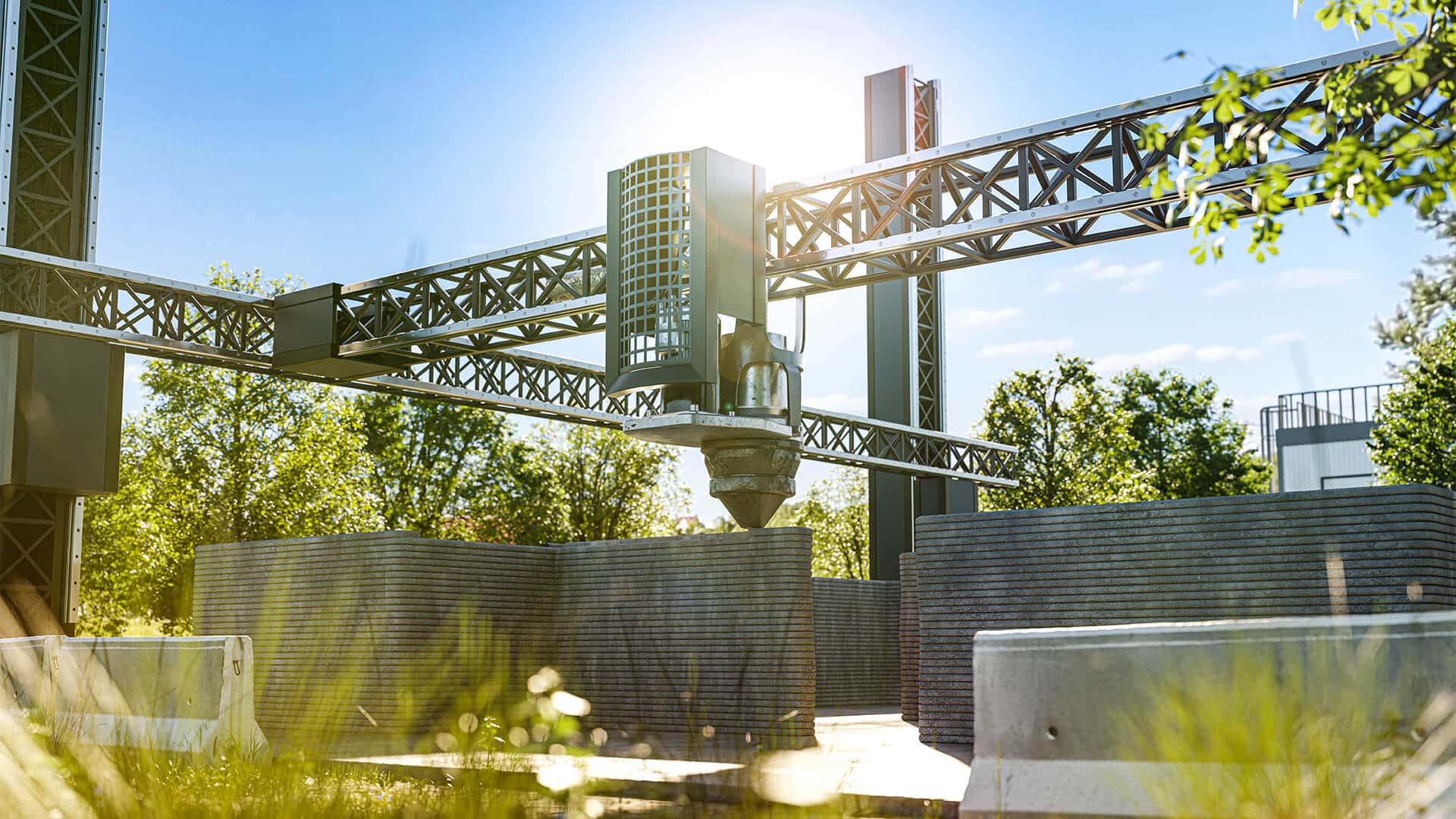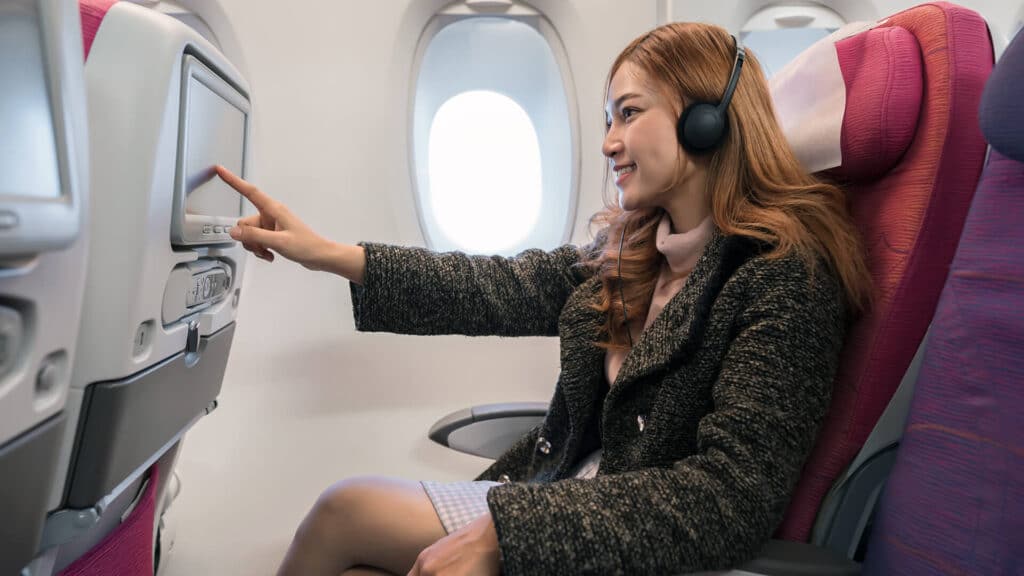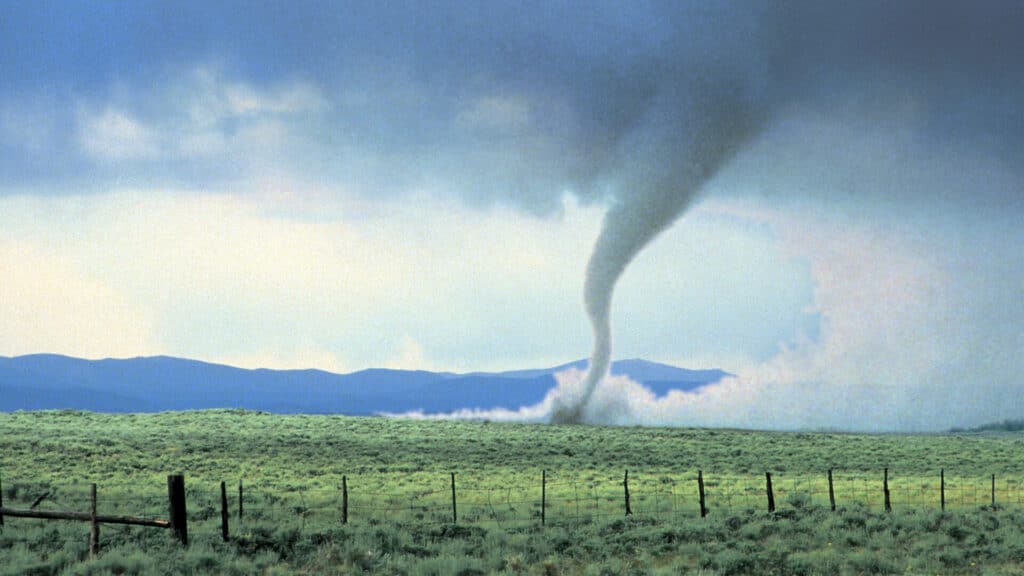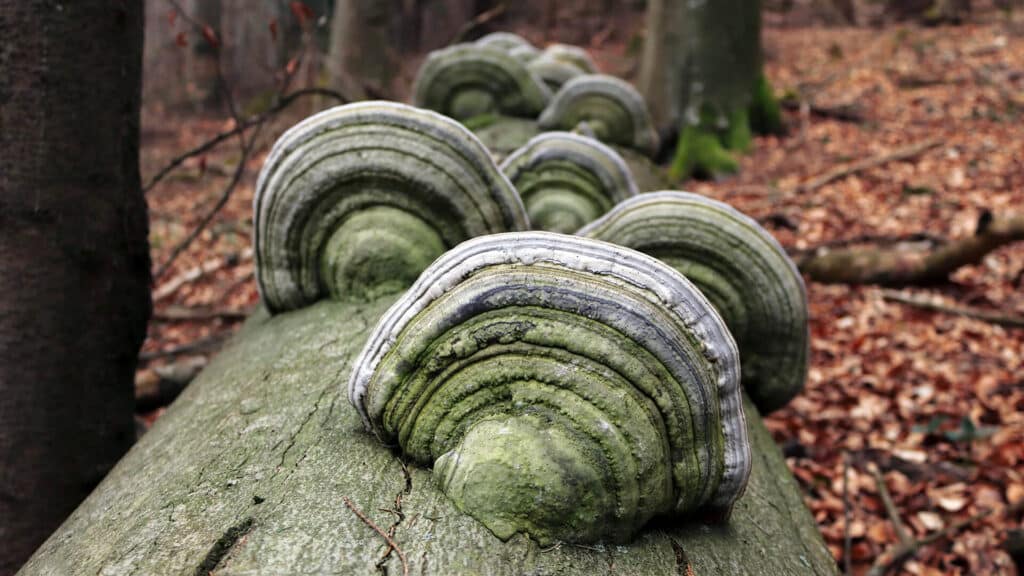A team of engineering students from the University of Southern California’s Rocket Propulsion Laboratory (USCRPL) has set a new standard in amateur rocketry. On October 20, their custom-built rocket, Aftershock II, launched from Nevada’s Black Rock Desert, reaching an altitude of 470,000 feet (89 miles)—the highest ever achieved by an amateur rocket. According to the USC Viterbi School of Engineering, this surpasses the previous record of 380,000 feet set in 2004 and USCRPL’s own 2019 milestone, when Traveler IV became the first student-built rocket to cross the Kármán line, the recognized boundary of space at 62 miles.
“This achievement represents several engineering firsts,” Ryan Kraemer, USCRPL executive engineer and mechanical engineering undergraduate, said. “Aftershock II is distinguished by the most powerful solid-propellant motor ever fired by students and the most powerful composite case motor made by amateurs.”
The 13-foot-tall, 330-pound Aftershock II reached a maximum velocity of 5,283 feet per second (Mach 5.5), making it the fastest amateur rocket ever built, as reported by ABC News. Its success was driven by cutting-edge engineering, including a state-of-the-art avionics system for real-time data and enhanced safety. A specialized thermal protection system—featuring heat-resistant paint and titanium-coated fins—allowed the rocket to withstand the intense heat of hypersonic flight.
USCRPL, founded in 2004, has become one of the world’s leading university-based rocketry programs. The success of Aftershock II underscores the capabilities of student-driven research, proving universities can be key players in advancing aerospace technology. The project involved expertise from various engineering disciplines, with team members dedicating countless hours to prototyping, testing, and refinement.
The team’s collaboration, supported by alumni mentors and industry partners, highlights the value of hands-on learning in preparing students for professional aerospace careers. Moving forward, USCRPL aims to further push the limits of amateur rocketry, focusing on increased payload capacities and higher altitudes, while conducting advanced experiments to benefit the aerospace community.
In an era dominated by commercial space enterprises, USCRPL’s achievement stands as a testament to the innovation and ambition of the next generation of aerospace leaders. Their record-breaking work not only expands the boundaries of amateur rocketry but also inspires others to reach for the stars.





